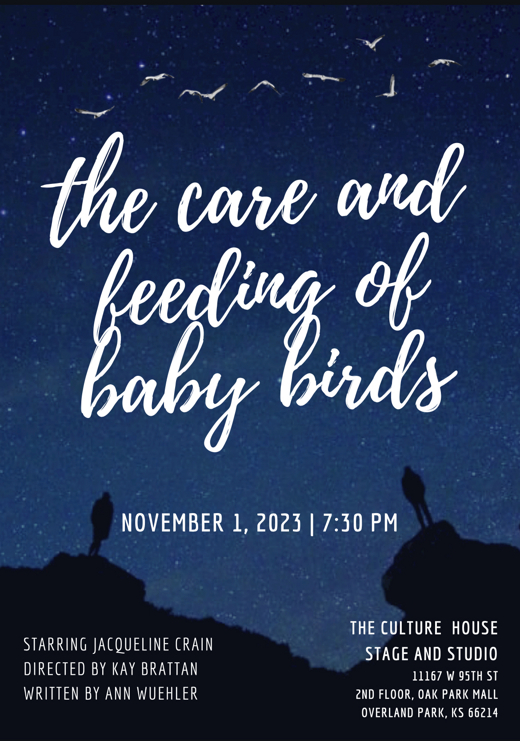
The Care and Feeding of Baby Birds
Introduction
Baby birds are fragile creatures that require specialized care to survive. If you find a baby bird that has fallen from its nest, it is important to take immediate action to ensure its well-being. This article will provide comprehensive guidance on the proper care and feeding of baby birds, ensuring their health and development.
Assessment and First Aid
Upon finding a baby bird, it is crucial to assess its condition. Check for any injuries or signs of distress, such as lethargy, open wounds, or difficulty breathing. If the bird is injured, contact a licensed wildlife rehabilitator immediately.
If the bird appears healthy, provide immediate first aid by placing it in a warm, dark, and quiet place. Use a soft cloth or towel to create a makeshift nest and provide warmth. Do not attempt to feed the bird until you have consulted with a professional.
Determining the Bird’s Age and Species
Accurately determining the bird’s age and species is essential for providing appropriate care. Examine the bird’s size, feather development, and behavior to estimate its age. Consult field guides or online resources to identify the species.
Housing and Bedding
Baby birds require a safe and comfortable environment to thrive. Provide a small, enclosed space such as a cardboard box or plastic container lined with soft bedding. Avoid using cotton or other materials that can entangle the bird’s feet.
Temperature and Humidity
Baby birds are unable to regulate their own body temperature. Maintain a warm environment by placing a heating pad or hot water bottle wrapped in a towel near the nest. Monitor the temperature closely to avoid overheating.
Humidity is also important for respiratory health. Place a shallow dish of water near the nest to provide moisture.
Feeding
Feeding baby birds requires patience and precision. The type of food and feeding frequency will vary depending on the bird’s age and species.
Nestlings (0-10 days old)
Nestlings are unable to feed themselves and require frequent feedings of a specialized formula. Use a syringe or dropper to gently administer the formula directly into the bird’s mouth. Feed every 15-30 minutes during daylight hours.
Fledglings (10-30 days old)
Fledglings are beginning to develop feathers and can start eating solid food. Offer a variety of soft foods such as mealworms, crickets, and mashed fruit. Gradually reduce the frequency of feedings to every 2-3 hours.
Weanlings (30-60 days old)
Weanlings are transitioning to a fully independent diet. Continue offering solid foods and gradually introduce seeds and pellets. Reduce the frequency of feedings to twice a day.
Water
Provide fresh water at all times. Use a shallow dish or bottle cap to prevent the bird from drowning.
Hygiene
Maintaining a clean environment is crucial for the bird’s health. Regularly clean the nest and bedding to prevent the buildup of bacteria and parasites. Use a damp cloth to gently wipe the bird’s beak and feet.
Socialization
Baby birds require social interaction for proper development. If possible, place the bird in a cage with other birds of the same species. If this is not feasible, spend time talking to and interacting with the bird to provide stimulation.
Release
The ultimate goal of caring for a baby bird is to release it back into the wild. Once the bird is fully feathered and independent, it is time to prepare for release.
Contact a licensed wildlife rehabilitator to determine the appropriate release location and timing. Ensure that the bird is healthy and has the necessary skills to survive in the wild.
Legal Considerations
In many jurisdictions, it is illegal to keep wild birds as pets. Before caring for a baby bird, check local regulations and obtain any necessary permits.
Conclusion
Caring for a baby bird is a rewarding but challenging experience. By following these guidelines, you can provide the necessary care and support to ensure the bird’s health and development. Remember to prioritize the bird’s well-being and seek professional assistance when needed. With patience and dedication, you can help a baby bird thrive and return to its natural habitat.
